Table of contents
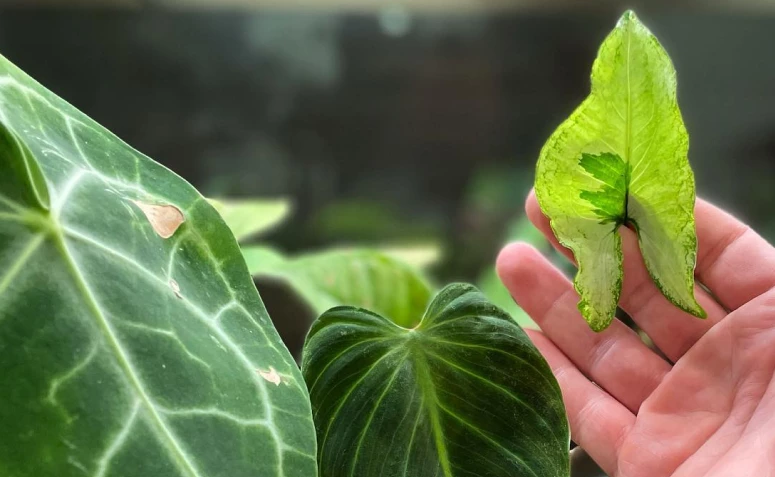
The singonium is a very versatile plant. It can be planted in pots or directly in the ground. Besides, its meaning is full of superstitions: it improves the quality of sleep, helps with knowledge, and helps with living together. In this post you will see the types, how to take care of it, and how to use this plant in decoration, to give it all the attention it deserves.
Types of singonium
Plants have several sub-species. Some of them need specific care, especially when it comes to lighting, so now you will see the most common types of singonium and understand the characteristics of each one.
Red singonium
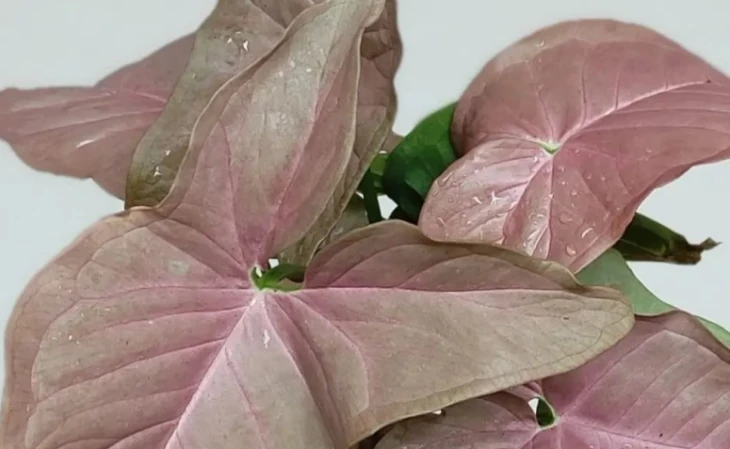
It has reddish leaves and can be grown in any environment. However, this plant needs to receive at least a few hours of shade during the day. Also, the substrate must always be moist, but not waterlogged. Therefore, watering must be daily.
Singonium variegata
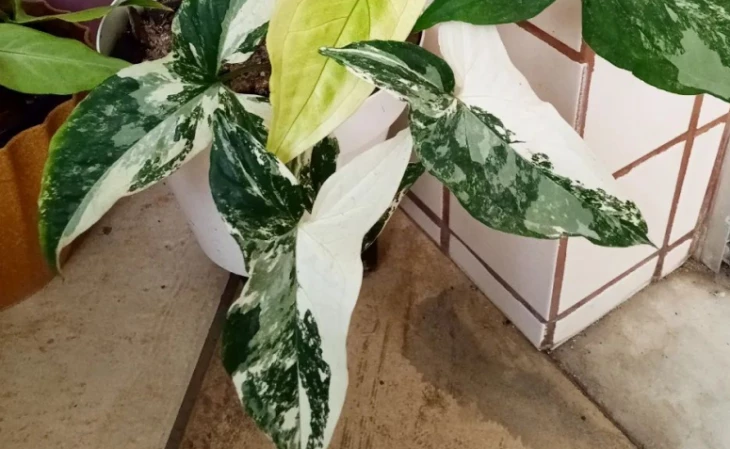
Generally, variegata species are those with white spotted leaves. This is because they have low chlorophyll content. This plant is widely found in various environments throughout the city. Care should be the same as the red type.
Ponytail
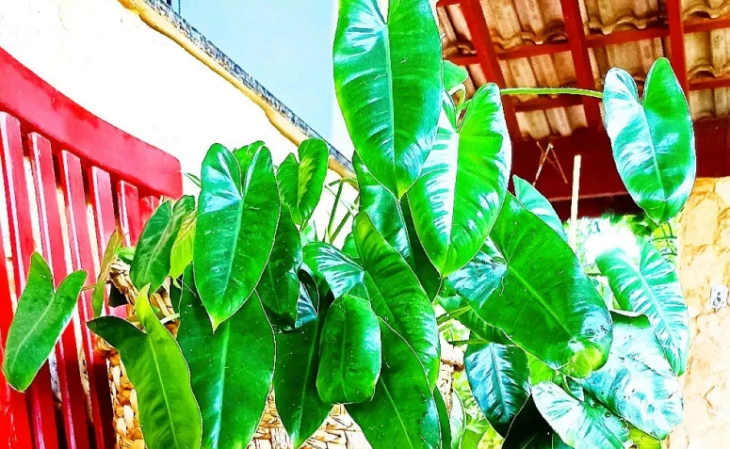
This plant is also known as green singonium. It has dark green leaves and a cut that extends to the stem. Over time, the coloration of the leaves can become lighter.
See_also: 22 pictures of resin table to give a new glow to the environmentSingonium star
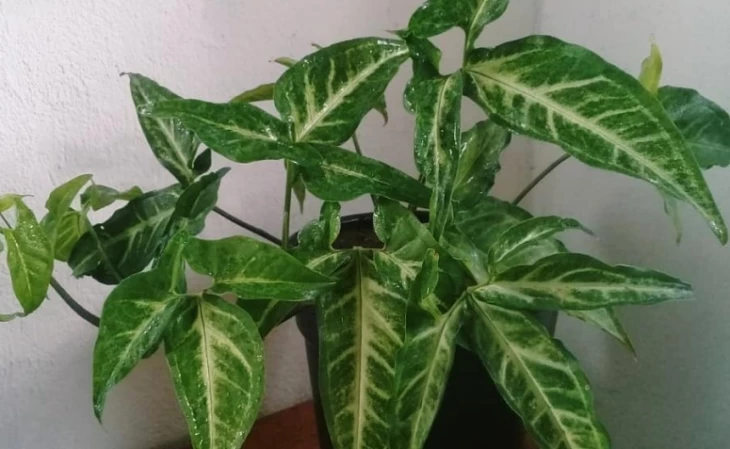
Its care is similar to the other types of this plant, however, its main characteristic is that one part of the leaves is more pointed. This gives this plant its name.
Now that you know the main types of this plant, how about learning about its care? This will help you understand all the needs of this plant and how to make it even more beautiful.
How to care for singonium
In order for your plant to stay very healthy and grow strong, it is very important to know all the necessary care. Therefore, here are tips for taking care of the singonium:
- Watering: This plant has a tropical origin, so the substrate must always be humid, but not soaked, so watering can vary from two to seven times a week, depending on humidity;
- Lighting: it can stay anywhere, but it needs to be shaded for a period of the day. Generally speaking, your plant should ideally be in a shady or half-shaded area;
- Where to plant: Due to its versatility, the singonium can be used as a liner, climber, or in pots.
- Poisonous: The singonium has a milky sap that is toxic if ingested, so beware of small children and pets who have contact with it;
- Seedlings: To plant, simply place the branches in a container of water to take root. Then, planting can be done directly into the prepared substrate.
These tips will help you to enjoy gardening, and in time you will see how relaxing and rewarding it is, and it is always good to learn more about plants to give them more quality of life.
Learn more about singonium to take good care of this plant
When it comes to caring for a plant, all knowledge is welcome, so in the selected videos you will learn even more about how to care for your new plant so that it grows strong and healthy in your home.
How to grow singonium
Although the singonium is a very versatile plant, some care must be taken when cultivating it, so the Yucca Plants channel shows how this should be done. In the video you can also see some species of this plant.
Easy-care Plants
If you want to start gardening, you need a plant that is easy to care for, and this is where the singonium comes in. Along with the purple lambary, it is one of the easiest plants to maintain, so Randall Fidencio gives tips on how to grow and how to make seedlings of both plants.
See_also: 30 environments with the Mole armchair that exude comfort and style10 types of singonium
There are several types of singonium, but some are more common than others. Therefore, the Seja Natureza channel presents the 10 main types of this plant. This video will help you complete your garden.
How to make singonium seedlings
The gardener Henrique Buttler teaches how to take care of and how to grow a singonium seedling. He also shows the reasons why this plant is so successful with people who want a foliage that requires little maintenance. Check it out.
These tips will help give a good life to your new plant. Now, all that is left is to think about where your new plant will be. For that, how about seeing some ideas of the singonium in decoration?
15 pictures of decoration with singonium for a greener life
Plants in decoration are important for several reasons. One of them is the fact that they help to bring life into the environments. The singonium is proof of this. In this way, check out 15 ways to use it to renew any environment.
1. the singonium is a great plant for decoration

2. it is a foliage of tropical origin
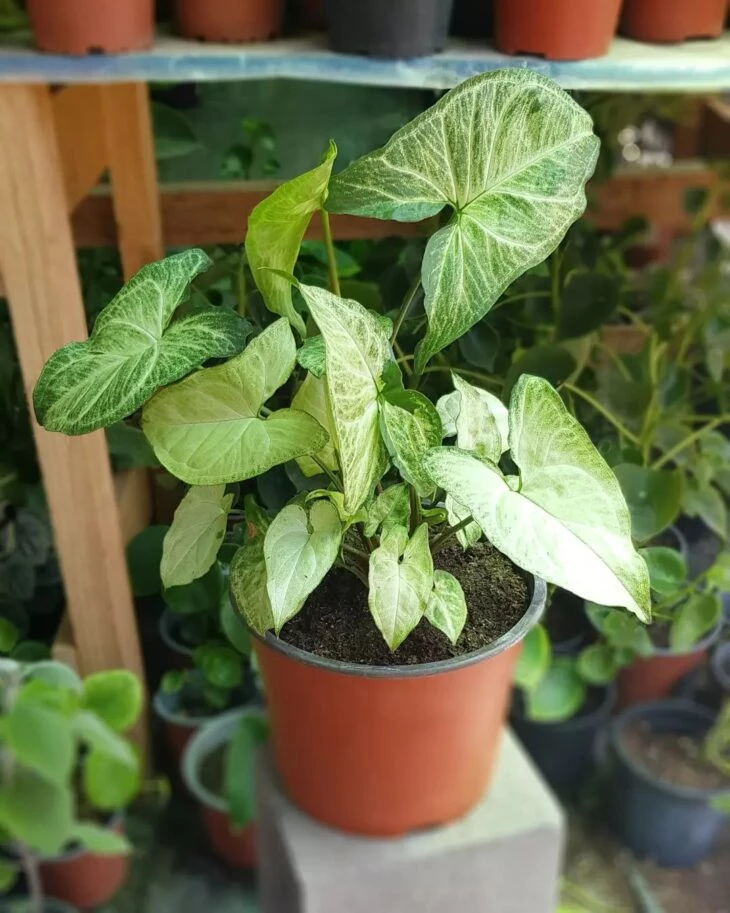
3. that is why it is so common throughout Brazil
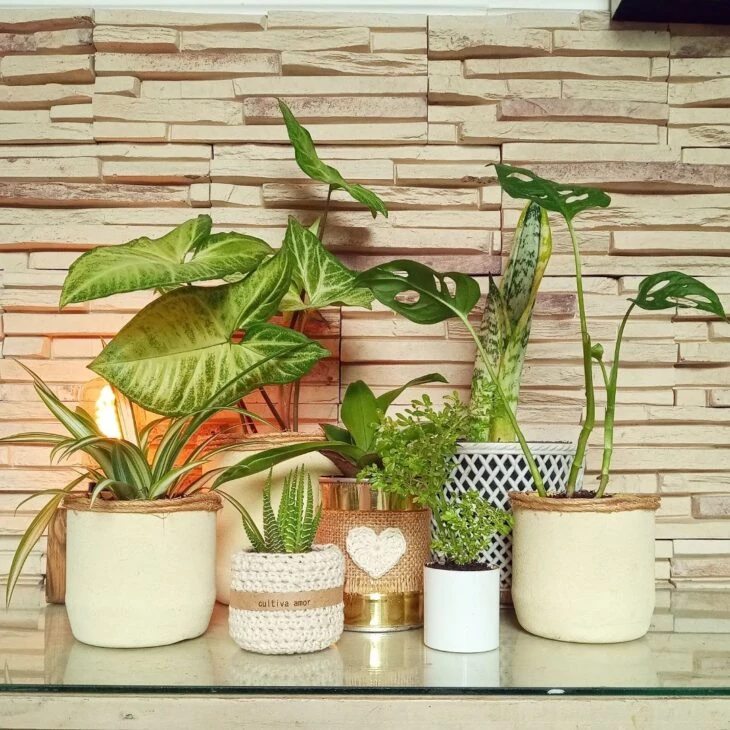
4. in every corner of the city it is possible to see a
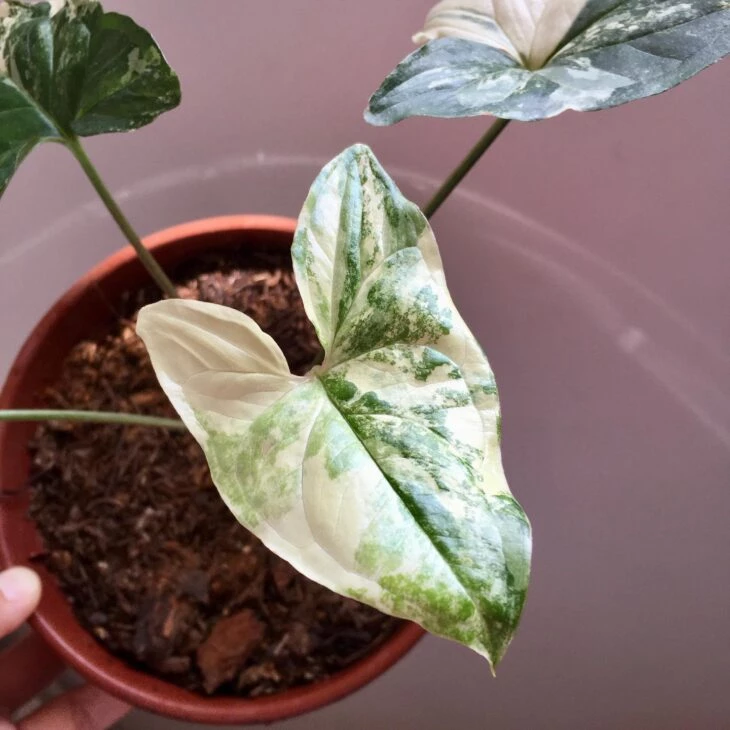
5. moreover, this plant is very versatile
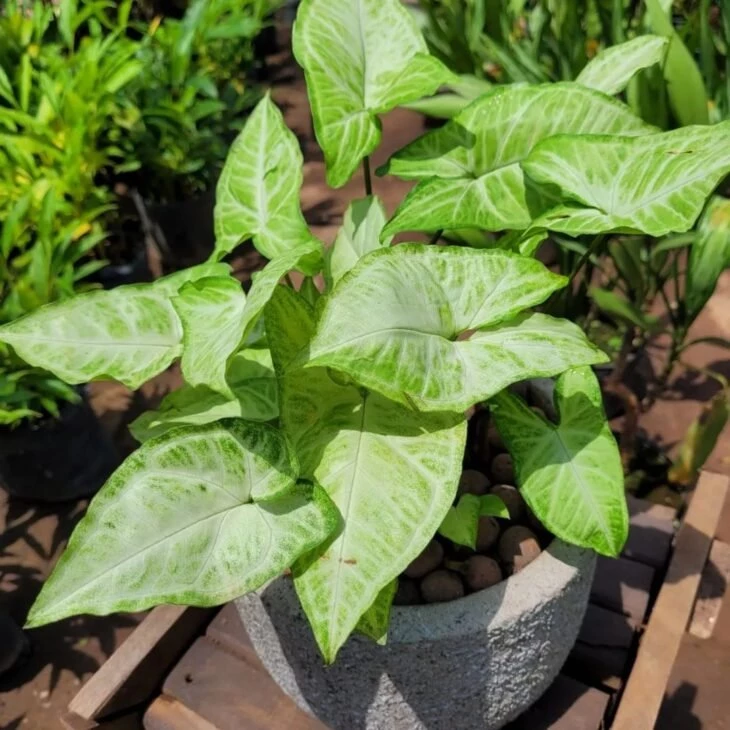
6. it can be used as padding
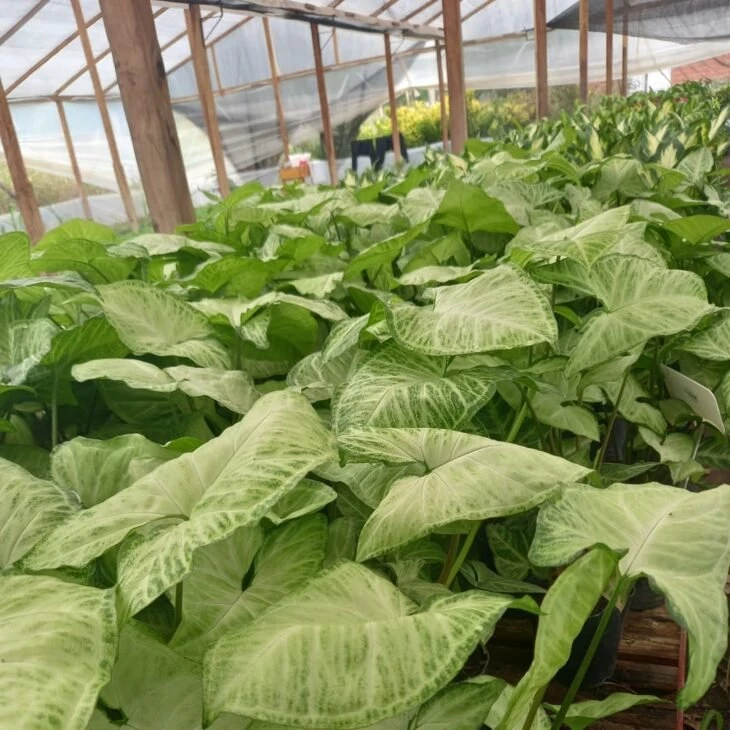
7. in pots
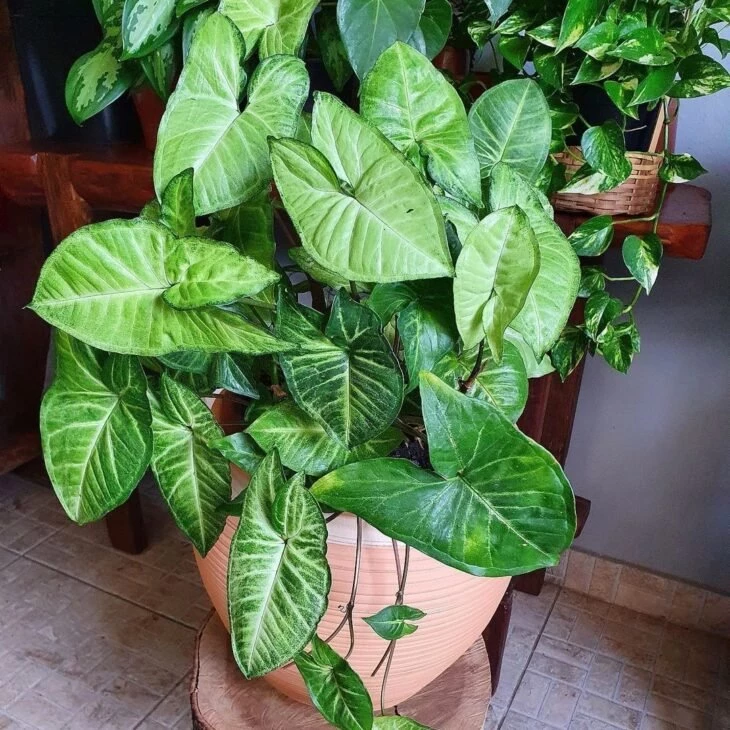
8. or in vertical gardens
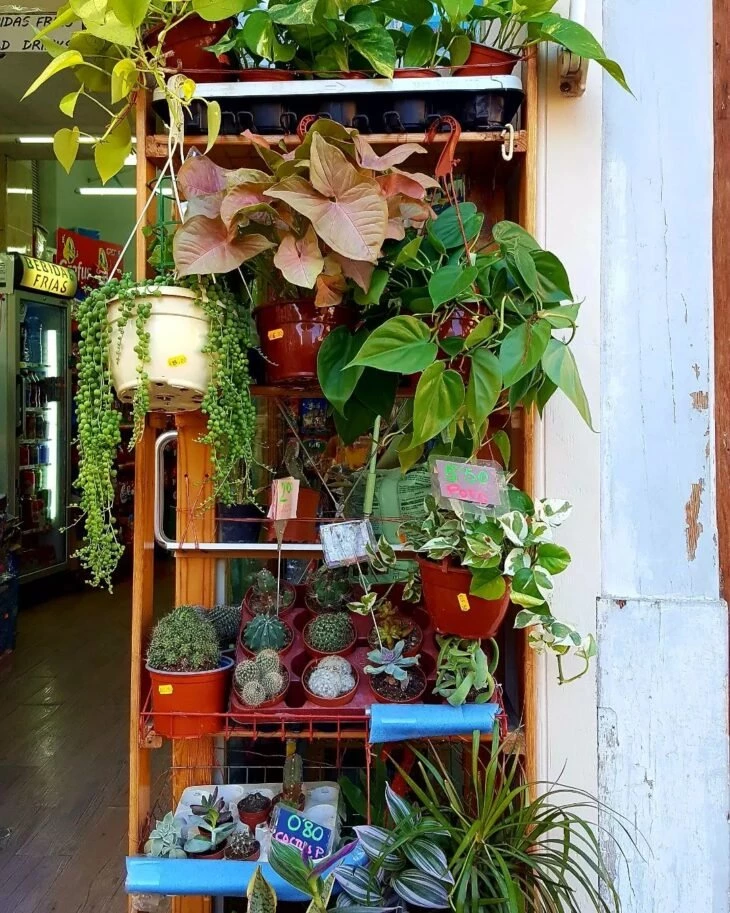
9. however, attention is needed
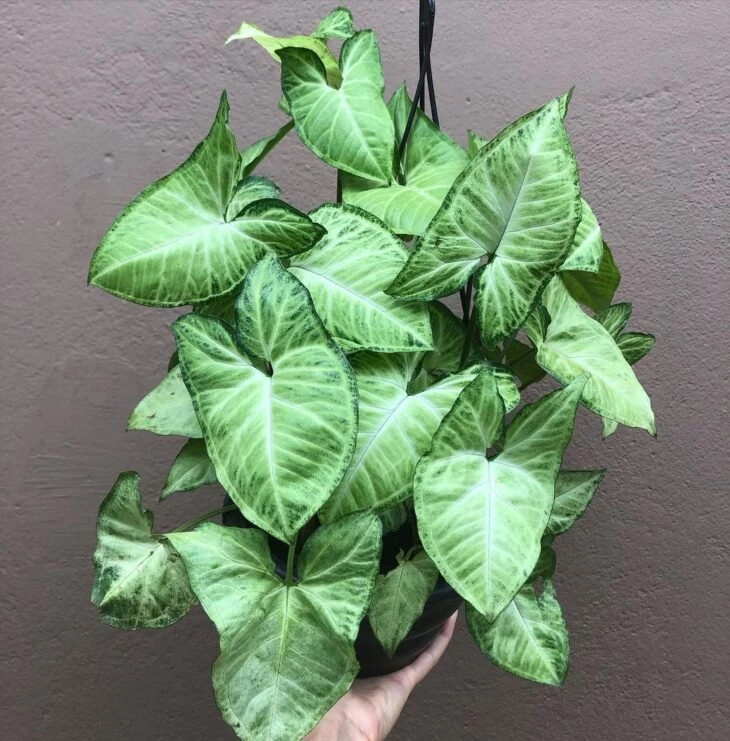
10. its sap is toxic
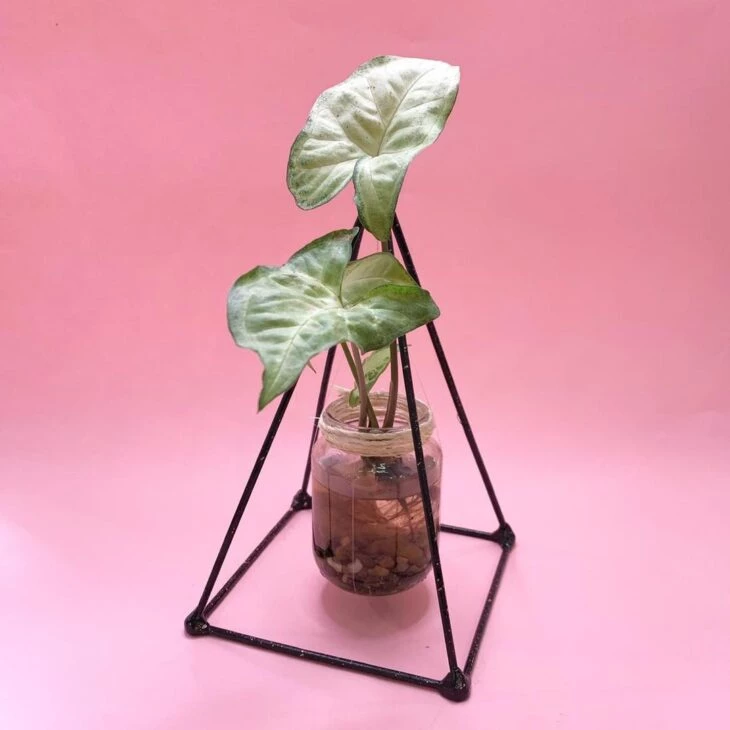
11. so care must be taken with pets and children
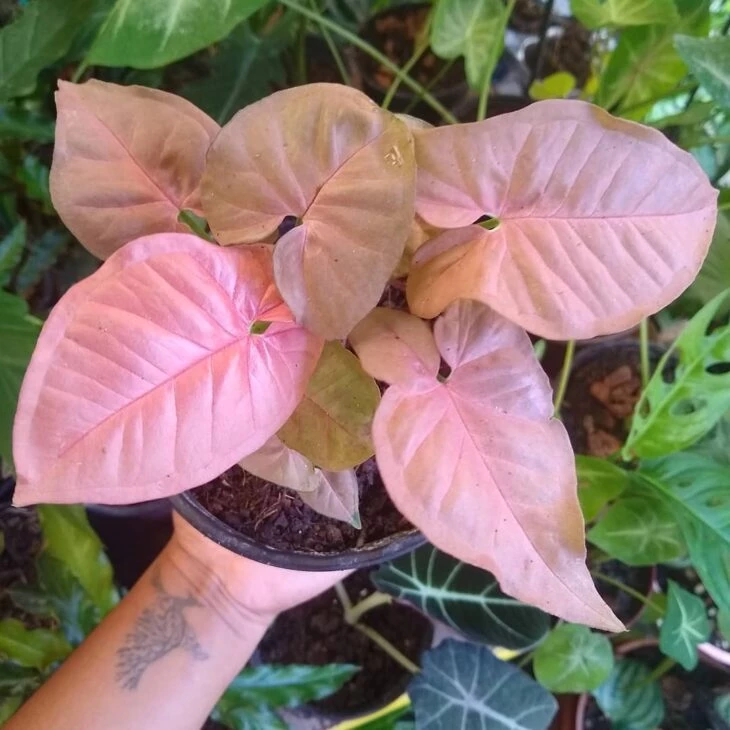
12. this foliage will change your garden

13. after all, besides being beautiful, its maintenance is low

14. ideal for beginners
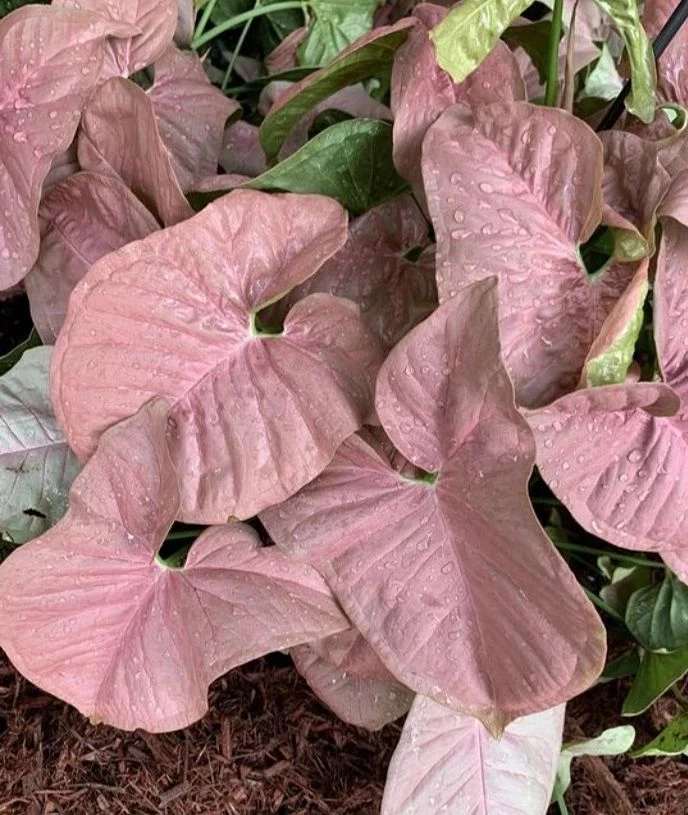
15. this will help you have an urban jungle of your own
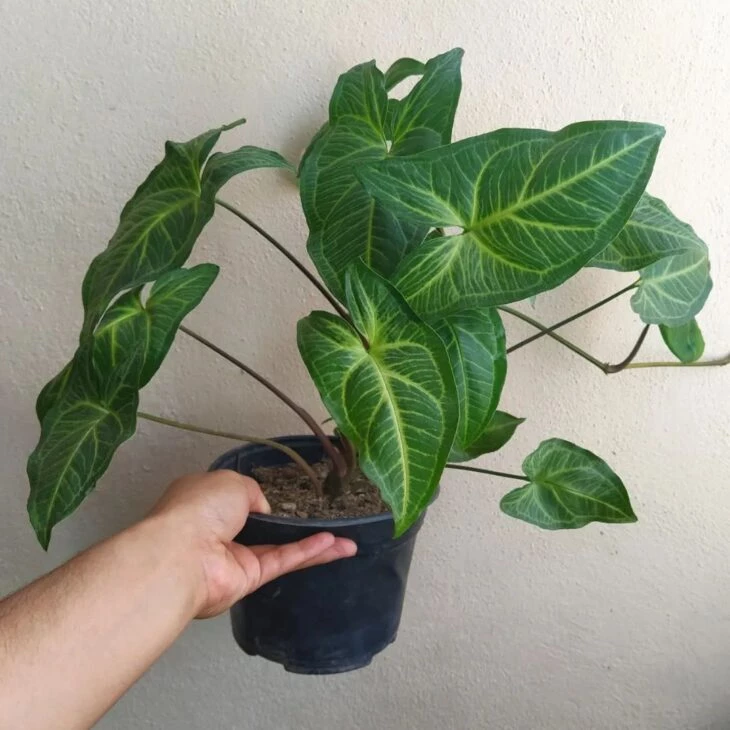
Plants help change any environment, and starting to garden is a hobby that increases the desire to have more plants, so how about thinking about the next member of your garden? It could be, for example, a begonia maculata.


